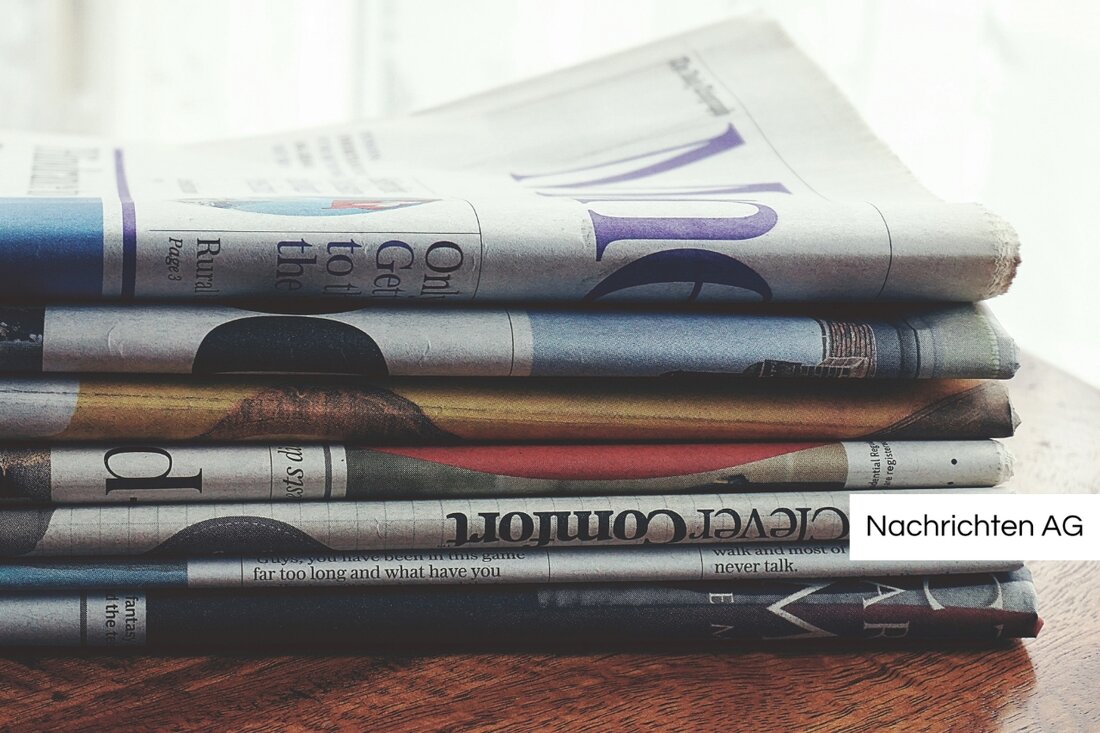Tesla starts robotaxid service in Austin: Apparently many questions remain!
Tesla starts a regular robotaxid service in Austin on June 12, 2025. Questions about security and access remain open.

Tesla starts robotaxid service in Austin: Apparently many questions remain!
Tesla Plant, on June 12, 2025 in Austin, Texas, a Robotaxids that is not offered as a test run, but as a regular commercial service. In a strategic decision, the company will use conventional model-Y vehicles instead of the originally announced "cybercabs". Despite these advance announcements, the exact expiry date remains uncertain and could still change.
Currently there are many details about the service, especially about its accessibility for the audience. So far, the company has not commented on the technical differences between robotaxis and regular Teslas. In addition, the company's "Full Self-Driving" software is still considered an assistance system that requires surveillance by the driver.
In addition, skepticism is noticeable on the part of the authorities
The traffic authorities and emergency services in Austin are insufficiently informed about the service, which raises concerns about many citizens. In order to increase security, the model-Y vehicles should be equipped with additional audio sensors in order to better recognize use. Tesla follows a radical approach and dispenses with radar or lidar, instead it is only used on cameras, which causes both encouragement and criticism in specialist circles.
Despite a decline in accidents with Tesla's systems, numerous security issues remain open. It may be planned to restore the area of application by geofencing to certain zones in Austin. Furthermore, the remote monitoring of the trips by Tesla employees is spoken, but there is no detailed information.
complex competitive situation
The Tesla robot taxid service will move in a competitive market in which Waymo is already active. While Tesla is planning to start with 10 to 12 own model Ys, driverless Waymos are already in use in Austin. During the tests, CEO Elon Musk reported on daily trips with driverless model Ys, without incidents. These tests have been going on for several days.
In this challenging environment, it is part of Tesla's strategy to possibly expand the fleet to around 1,000 vehicles within a few months. However, success will largely depend on the acceptance in public, especially since the company was recently confronted with a battered image, which could hold back potential users in liberal areas.
steps to the development
The technology behind Robotaxis uses artificial intelligence and cameras for navigation and decision -making, whereby the systems usually work on a high level of autonomy (level 4). Nevertheless, providers such as Tesla face numerous challenges, including the high development costs, regulations and public distrust of autonomous technologies. A comparison to the competition is also appropriate because other companies, such as cruise, had difficulties and had to close their self -driving division.
Overall, Teslas Robotaxid service could revolutionize urban traffic, in particular due to the low transport costs and the associated advantages of more traffic safety and better traffic optimization. Nevertheless, it remains to be seen to what extent Tesla can actually implement these promised progress, while the company is confronted with questions about security, surveillance and general acceptance of its technology.

 Suche
Suche
